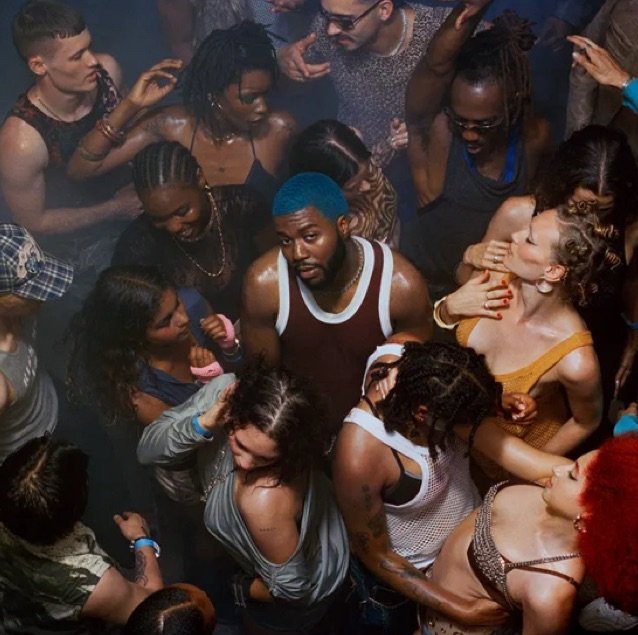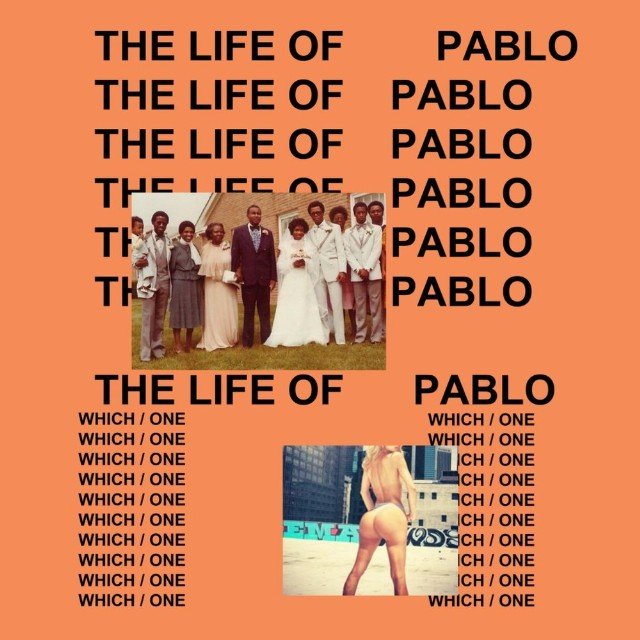
Ever since his first titular video game release in 1991, Sonic the Hedgehog has remained a vital character in pop culture. For over three decades, the little blue speedster has endeared himself and his group of furry, digitized friends to generations of fans through a variety of media, including video games, animated series, and comics. As a result, in 2024, Sonic’s fanbase spans from children to full-grown adults who grew up playing, watching, and reading about the adventures of Sonic the Hedgehog. Consequently, Sonic the Hedgehog 3 (or, as it is inexplicably stylized onscreen in the film, Sonic 3: The Hedgehog, if you prefer) is a film aiming to satisfy a wide range of fans from diverse backgrounds, each with their own set of expectations. And if we’ve learned anything about Sonic fans over the last few years, it’s that they’re completely normal and not at all demanding of gratuitous, indulgent fan service that caters to their every whim… right?
For those who may not recall, the first trailer ever released for Jeff Fowler’s 2020 Sonic the Hedgehog film featured a design that has since been ubiquitously referred to as ‘Ugly Sonic.’ This design looked markedly different from the character’s previous appearances and generated a host of negative reactions from adult fans of this children’s media character. In fact, the response was so loud and vehement that Paramount ultimately decided to rush a complete redesign of the character, making him look much more in line with prior iterations. This decision satisfied the online fandom, but it also emboldened them. Suddenly, they realized that their pedantic nitpicking online wasn’t just existing in a vacuum—it had the power to change entire film productions if they could be loud enough, obnoxious enough, and toxic enough to scare one of the oldest film studios in Hollywood into a panic.
The Sonic the Hedgehog film franchise began by immediately bending to the most entitled and reprehensible fans, and it has been stuck in this cynical cycle ever since. In many ways, Sonic the Hedgehog 3 is the worst offender thus far, as the film is a tonally whiplash-inducing disaster—an underdeveloped and half-baked concoction at every turn. It attempts to cram no less than three entirely different cinematic approaches into one film, each approach wholly divorced from the last. These shifts only serve to undercut and ruin even the smallest successes of the other segments. The film is one-third an insipid and baffling children’s movie, one-third a grating and gratuitous showcase for Jim Carrey’s bloated improvisations, and one-third an embarrassingly self-serious, would-be gritty superhero blockbuster focused on the relative angst of its antagonist.
Sonic the Hedgehog 3 introduces the fan-favorite anti-hero, Shadow the Hedgehog, voiced here by the always reliable Keanu Reeves. In the games, Shadow is a darker antagonist for Sonic to battle (he even had his own game where he dual-wielded pistols). But beyond that, Shadow has become the exact type of character that edgelord-esque, overly online dudes adopt as their avatar and embody as their entire personality. Perhaps no character in all of media has triggered as many ill-advised proclamations of “he’s just like me, for real for real,” as Shadow the damn Hedgehog. In this threequel, the filmmakers are acutely aware of all the paratextual baggage that comes with Shadow and are working overtime to cater to those fans, often to the detriment of the film itself.
You often hear about film studios aiming for a “four-quadrant hit”—a film that resonates universally, appealing to young and old, male and female audiences alike. For Sonic the Hedgehog 3, however, it seems their strategy was to create a three-quadrant hit, with the three quadrants being (in order of importance): extremely online adult fans, Jim Carrey himself, and the children for whom these so-called children’s movies are intended.
Anytime Shadow is onscreen, the film treats his story with an unearned sense of gravitas and importance. The third act, which inevitably features a series of climactic showdowns between Sonic and Shadow, is shot—often literally—like a Zack Snyder film. Yet, all of this is delivered through weightless and uninvolving CGI work and digital camera movements that whip around the setpieces with such nauseating speed that the sequences turn into digitized mush before your eyes. Keanu Reeves delivers a lot of ominous-sounding dialogue as Shadow, bringing the full weight of his pathos-ridden gravitas to the role, and it’s easily the best vocal performance in the film. While I genuinely love Ben Schwartz and Idris Elba, both of them sound completely checked out here, making it all the less effective when they attempt to deliver emotional moments in the third act.
The children’s portion of Sonic the Hedgehog 3 (which is mainly confined to the first act, with a few scattered moments throughout the rest of the film) is a grating, woefully insulting experience. Children’s media, at its best, is one of the most vital and noble forms of entertainment. Kids are smart, empathetic, and articulate, and they deserve content that engages with them meaningfully. Unfortunately, what they get here is a barrage of good actors simply raising their voices to higher pitches, a blur of bright colors, fast-moving images, and a series of woefully limp punchlines. This is what every kid-oriented sequence in Sonic the Hedgehog 3 boils down to.
Finally, the Jim Carrey-driven portions of the film feel like Carrey simply waltzed onto set for a set amount of time and riffed through both of his roles. He cranks up the buffoonery to Grinch-levels, and while it’s impossible to deny the entertainment value in watching him perform with such uninhibited energy, his presence comes at the expense of the film’s momentum. Every time Carrey pops up, he brings everything to a screeching halt. My personal favorite example occurs during a time-sensitive heist sequence, where Carrey’s characters abruptly stop everything to perform a series of Fortnite-inspired dance moves. This segment, which stretches on for what feels like an eternity, may last five minutes of real screen time but feels like it runs for half an hour.
If each of the three central pillars of Sonic the Hedgehog 3‘s storytelling sounds disjointed and disconnected from one another, that’s because they are. The movie is a chaotic mess, full of dissonant choices, constantly shifting tonal gears every other scene, creating a whiplash-inducing experience. None of these pillars are successful on their own, and none serve the story in any meaningful way. In a somewhat ironic twist, the film sets up a simple thematic through-line in the opening, only to completely ignore it for the next hour and a half. The film never resolves it or integrates it into the narrative. Then, in the final minute, they restate the theme as if it had been effectively conveyed. It’s a total cinematic failure, one that feels like Schwartz’s Sonic is looking directly at the audience, gaslighting them into thinking the incoherent mess they just witnessed was constructed with any semblance of meaning, motivation, or artistic integrity.
RGM GRADE
(D)
The entire Sonic the Hedgehog trilogy has been disastrously torn between trying to satisfy the vastly different demands of its fandom, and in doing so, it has sacrificed any sense of real vision or artistic purpose. By attempting to please everyone, Sonic the Hedgehog 3 has ended up with a final product that feels like it’s for no one at all.
Discover more from RATINGS GAME MUSIC
Subscribe to get the latest posts sent to your email.










